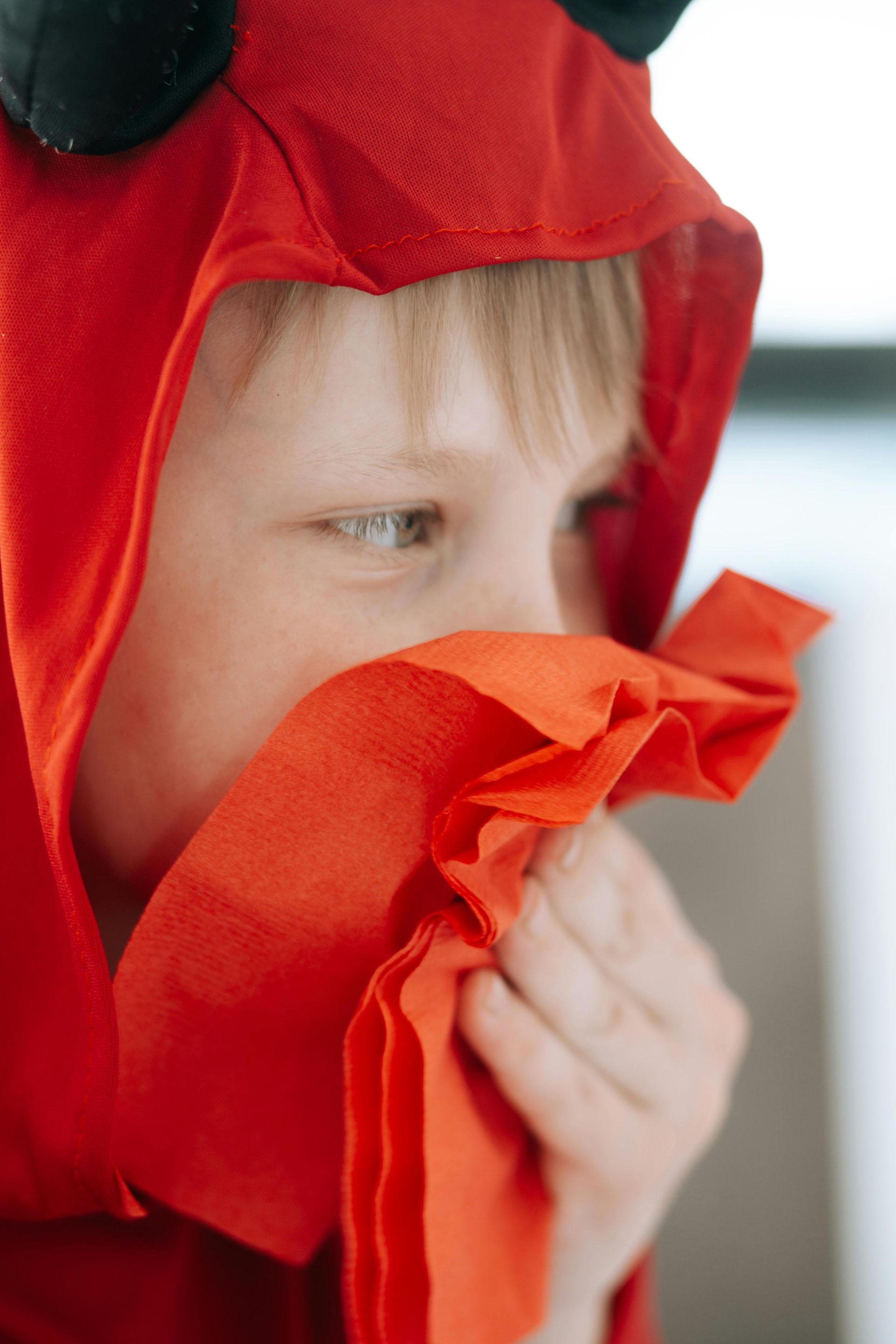Td Vaccine (Tetanus Diphtheria vaccine)
Tetanus, also known as lockjaw, is an acute and potentially life-threatening condition caused by the toxin-producing bacterium Clostridium tetani. This bacterium is commonly found in soil, dust, and in the intestines and feces of animals and humans, making it easy for it to enter the body through contaminated wounds. Once inside the body, Clostridium tetani releases a powerful neurotoxin called tetanospasmin, which interferes with muscle contractions by disrupting nerve signaling.
This interference leads to severe muscular spasms and stiffness, often beginning with the jaw muscles—hence the common name “lockjaw”— and progressing to other parts of the body. Due to the prevalence of the bacteria in the environment, any cut, puncture wound, burn, or even a seemingly minor injury can become contaminated if not properly treated. This highlights the importance of promptly cleaning wounds and seeking medical attention, especially if the individual’s tetanus immunization is not up-to-date.
Vaccination is the best form of prevention, typically administered in a series of five childhood doses and then with booster doses recommended every 10 years to maintain immunity. Thanks to universal immunization with tetanus vaccines, tetanus has been almost eradicated in the United States. It’s essential to pay attention to the immunization status of children who suffer from dirty wounds. If your child has received three or more DTaP vaccines (diphtheria, tetanus, pertussis) or three or more DT vaccines (diphtheria, tetanus), they do not need an additional tetanus immunization after a dirty wound, unless it has been five years or more since their last tetanus immunization.
It’s important to note that all children and adults should receive a tetanus immunization at least every ten years, even if they haven’t experienced a dirty wound. This helps ensure ongoing protection against tetanus. Unvaccinated children are at high risk of tetanus.


